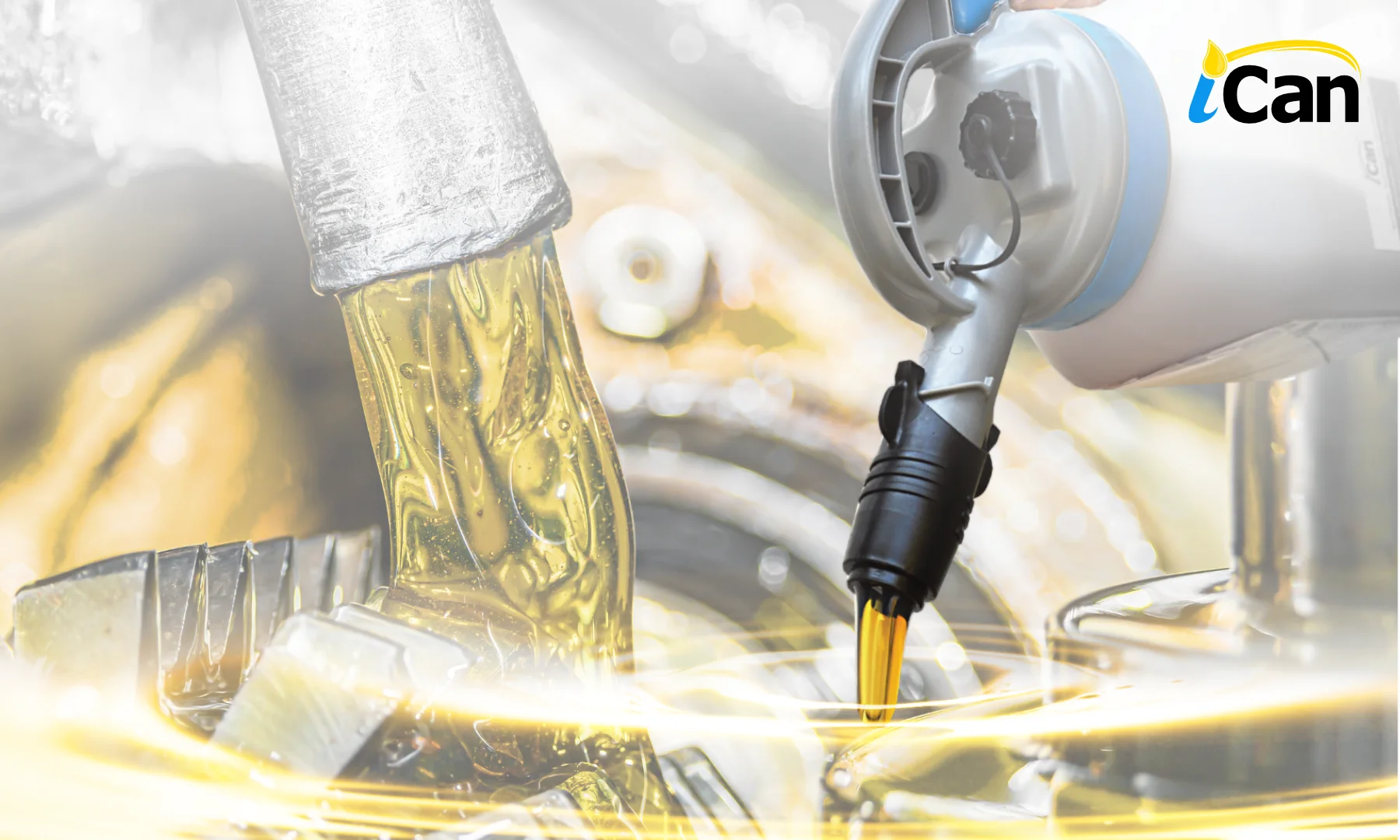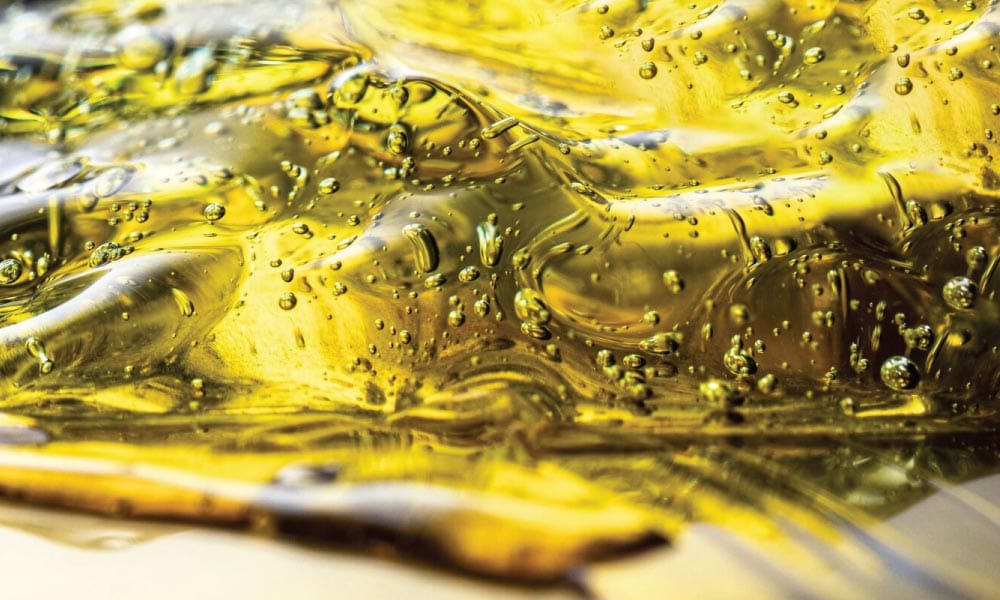In every industrial operation, lubricants are the lifeblood of machinery. They protect components from friction, wear, and overheating — but only when they remain clean. When contaminants such as dust, moisture, or metal particles enter the lubricant system, even in small amounts, they can cause performance degradation, equipment failure, and costly downtime.
That’s why implementing a contamination control strategy is critical to maintaining reliable, efficient, and safe industrial operations.
What is Contamination Control?
Contamination control in lubricant systems is the process of preventing, monitoring, and managing foreign materials that could compromise the purity and performance of lubricants. This process spans every stage — from lubricant delivery and storage, to transfer, handling, and application.
Without effective control, contaminants such as dirt, water, or degraded oil residue can circulate in the system, clog filters, damage seals, and accelerate wear. Over time, this leads to expensive maintenance, reduced equipment life, and inconsistent performance.
Why Contamination Control Matters
Lubricants play a vital role in protecting machinery from wear and heat. However, once a lubricant becomes contaminated, it can no longer perform effectively. Tiny particles or moisture can drastically alter viscosity, reduce protective properties, and lead to unplanned downtime.
In industrial environments, contamination can enter lubricants at almost any stage—during storage, transfer, or application. Containers left unsealed, dirty transfer tools, or mixing different lubricants in unlabelled containers can all lead to performance loss. Over time, these small lapses can cause significant maintenance challenges and increase total operating costs.
Effective contamination control is, therefore, a combination of proper equipment, smart design, and consistent handling practices that keep lubricants clean from the moment they’re stored until they’re used in machinery.
Key Components of a Contamination Control Strategy
A strong contamination control strategy combines secure packaging, clear identification, and accurate documentation.
iCan Fluid Transfer Systems contamination control solutions are designed to support all three, creating a clean, organized, and traceable lubricant handling system.
- iCan HDPE Containers
Engineered from high-density polyethylene (HDPE), these containers offer chemical resistance and durability for long-term use. Their sealed design prevents dust, moisture, and airborne contaminants from entering — keeping oil pure from storage to point of use.
- iBand Labelling Systems
Proper identification is essential to avoid mixing or misapplying lubricants. The iBand provides durable, color-coded labels that help users distinguish between different oils or greases. This system prevents cross-contamination, ensures correct usage, and supports clear traceability across operations.
- iPouch Documentation System
Attached to each container, the iPouch keeps important lubricant information — such as product details, batch numbers, MSDS, or inspection notes — clean, visible, and protected. This ensures full transparency, compliance, and easy reference during storage and handling.
- iCan Piston Pump
Ensures lubricants can be transferred safely and efficiently—without spills, open-air exposure, or manual pouring. Together, these innovations form an integrated contamination control system that supports cleaner, safer, and more efficient lubrication processes across industries.
Together, these innovations form an integrated contamination control system that supports cleaner, safer, and more efficient lubrication practices across industries.
The Benefits of a Clean Lubrication System
Maintaining contamination control extends equipment life, reduces downtime, and improves overall system reliability.
Clean lubricants ensure smoother operation, fewer mechanical failures, and reduced maintenance frequency — directly lowering operating costs.
It also enhances workplace safety by minimizing risks related to improper labeling or handling, helping industries maintain compliance and operational excellence.
Building a Culture of Lubricant Care
Contamination control isn’t just about the right products—it’s about building the right habits. Establishing a culture of lubricant care means training teams to handle, transfer, and identify lubricants with precision and consistency.
At iCan Fluid Transfer Systems, we’re proud to support industries that value reliability and safety. Through innovative solutions like iBand, iPouch, and our range of HDPE systems, we help our customers maintain clean, efficient, and contamination-free operations—ensuring every drop of lubricant performs exactly as it should.
Keep your lubricants clean. Protect your machines.
Choose iCan for smarter contamination control.




